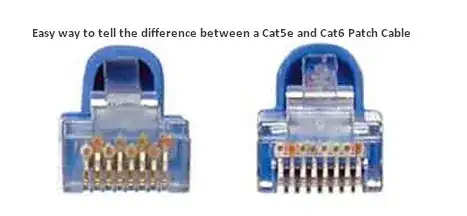I had a naff batch of cat5 connectors (the latching mechanism didn't work) so decided to order in some cat6 connectors in preparation for the inevitable upgrade.
My existing reel of for making patch cables is cat5e utp stranded. I made up a few cables and tested them- none of them worked. I recrimped and still nothing. When i check them with a multi-meter not all pins are connected.
This reel has always worked with the previous cat5 connectors so I tested the cat6 connectors on a reel of solid cat5e cable and they work fine.
Any ideas what I might be doing wrong? Or what might be at fault? (cable/connectors) and how I can diagnose?
Thanks
Lee
